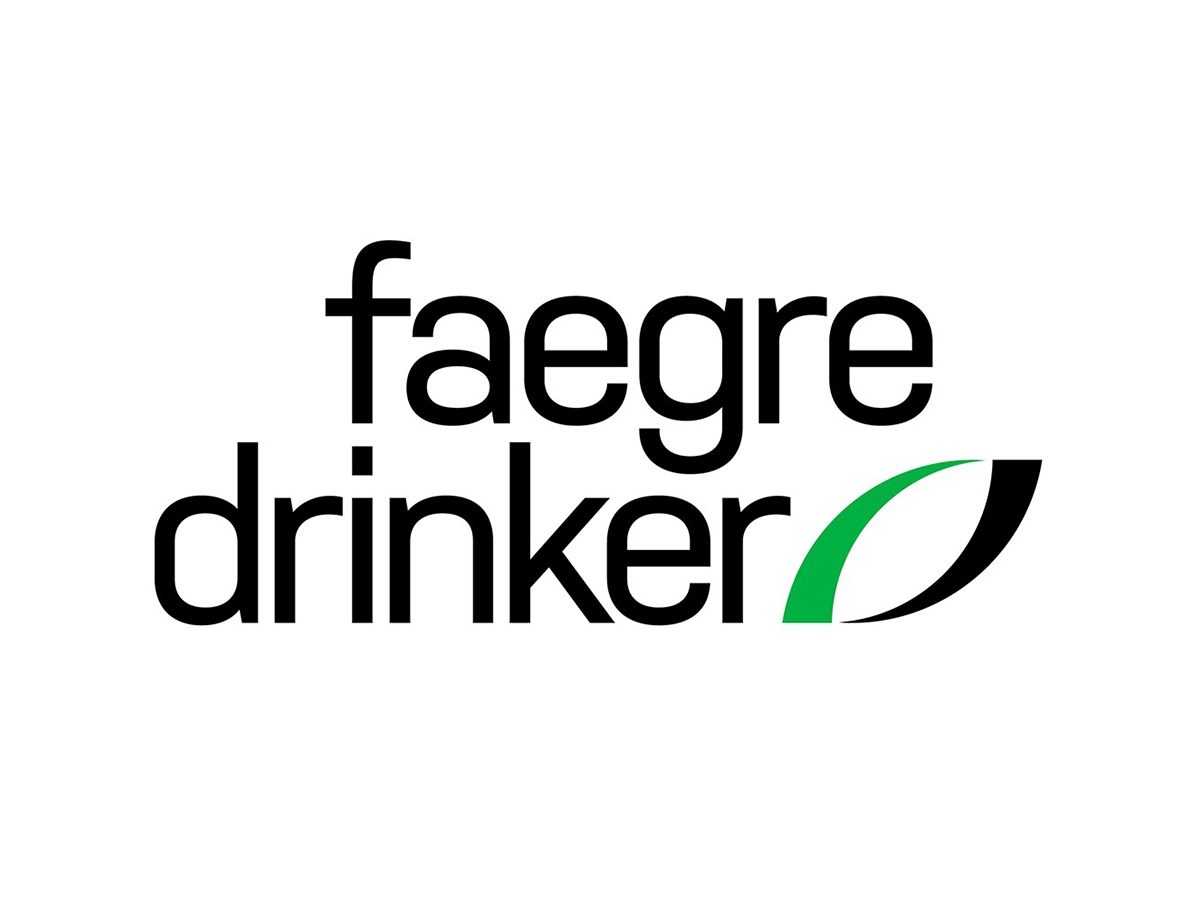How can businesses take advantage of the rules of origin to lower their customs duties? How can businesses take advantage of the rules of origin
It is no secret that customs duties can be a major source of expense for businesses. By considering the rules of origin under free trade agreements (FTAs), it is possible to reduce the costs of these duties by applying preferential duty rates. Rules of origin refer to regulations that establish the country of origin for a product. Businesses can leverage these rules to benefit from free trade agreements (FTAs) and other tax relief programs.
What are rules of origin?
Rules of origin are a set of regulations that determine the country of origin for a product. They are extremely important in international trade, as they can help businesses lower their customs duties and make their products more competitively priced. It is essential for companies to understand the rules of origin to:
- Save money by qualifying for preferential tariff rates
- Avoid unnecessary delays in clearance
- Guarantee compliance with trade regulations to ensure that they are not subject to costly penalties
- Create a competitive advantage
The rules of origin vary by country, and different types may be applicable in different circumstances. A common type is the Preferential Origin rule, which states that goods must originate from a designated country or region to qualify for preferential treatment regarding tariffs and other fees associated with international trade. Other types include Non-Preferential Origin, Cumulation, and Value Content Rules.
Many countries have adopted Free Trade Agreements (FTAs) which provide preferential access to certain markets for goods originating from those countries or regions that signed on to the agreement – an attractive prospect for businesses looking to stay competitive in an increasingly global market. For businesses looking to take advantage of these benefits, understanding, and complying with the rules of origin is key. Companies should:
- Research their own country’s laws on export control and understand how this affects their operations when exporting goods across borders.
- Make sure that they obtain appropriate certification such as a Certificate of Origin or other documentation necessary for claiming preferential treatment under an FTA agreement whenever possible.
- Strive to keep abreast of any changes or updates made by countries regarding rule changes so they can remain compliant with current regulations while also taking advantage of any new opportunities available through FTAs or other agreements.
What are the restrictions for rules of origin?
For businesses looking to benefit from the advantages of preferential trade, understanding rules of origin restrictions is essential. The specific rules of origin can vary depending on the trade agreement or customs regime in question, but here are some general principles and considerations:
- Wholly Obtained Products: These are products that are entirely produced or extracted in a single country, without any foreign inputs. They are considered to have the origin of that country.
- Substantial Transformation: This principle determines origin based on the degree of processing or manufacturing that occurs in a particular country. It considers the value added or the change in tariff classification resulting from processing operations.
- Specific Manufacturing Operations: Some rules specify certain manufacturing operations that must take place in a particular country for a product to be considered as originating from that country. Examples of these operations include assembly, blending, processing, or finishing.
- Regional Value Content: Many trade agreements use a regional value content (RVC) approach to determine origin. It sets a minimum percentage of the product’s value that must be attributable to regional production. This encourages the use of local inputs and ensures that only products with significant regional content can benefit from preferential treatment.
- Cumulation: Cumulation allows manufacturers to consider inputs from multiple countries within a regional bloc when calculating the regional value content. It facilitates regional integration and cooperation by allowing companies to source inputs from various countries within the designated area.
- De Minimis Rule: Some rules of origin include a de minimis provision, which allows a certain percentage of non-originating materials or components to be included in the final product without affecting its origin. This provision provides flexibility for minor inputs that do not substantially affect the product’s characteristics.
Certificate of origin and its requirements
Compliance with rules of origin often requires proper documentation and certification. Exporters may need to provide supporting documents such as bills of materials, supplier declarations, or certificates of origin (CO) to prove that their products meet the origin requirements. The CO is a valuable document as it helps companies to access lower customs duties by adhering to the applicable rules of origin.
CO documents and their required formats and data can vary depending on the FTA being claimed. If unsure of the CO template required, one place to obtain assistance is via the local Chamber of Commerce. The Chamber can provide guidance on how to fill out the form properly plus give advice on other related trade regulations. When correctly filled out, COs can ease processes at customs checkpoints as well as speed up delivery times across borders.
Taking advantage of free trade agreements for duty savings
The international trading system is constantly evolving, and businesses must keep pace with the changes to maximize their duty savings. The first step to taking advantage of FTAs is to understand the tariff classification and the product’s origin. Knowing both will make sure that you have all applicable documents needed for compliance verification and for filing preferential tariffs with customs authorities. It is important to be aware of any rules of origin restrictions that may apply since failing to meet these requirements could result in additional costs or delays.
Once you have determined your product’s origin, research which FTAs your country is a part of and familiarize yourself with their terms and conditions. Analyze your supply chain for potential duty savings opportunities.
by looking into how goods move through geographical locations, including who owns them at what stage. It is also important to be aware of preferential origin requirements for exporters and importers since there are certain criteria that must be met to qualify for lower tariffs under these agreements.
How to use country of origin to maximize duty savings
In summary, businesses can use the rules of origin to help them save money and gain a competitive edge in the international market. By understanding the requirements of origin certification and the implications of rules on international trade, companies can reduce their customs duties through preferential origin rules. Furthermore, it is beneficial to analyze the supply chain for potential duty savings opportunities as well as use digital certificates instead of paper documents.
Keeping up-to-date with legislation changes is crucial to benefiting from new FTA opportunities. In addition, automating processes with trade preference software can help businesses save time and money while making sure of compliance with laws and regulations. Adhering to these best practices will result in increased profits and an advantage over competitors.
For additional insights, see the following Global Trade Management resources:






